At MatrixGC, we know real estate investors are always looking for smarter, faster, and more sustainable ways to scale their portfolios. That’s where the Buy, Rehab, Rent, Refinance, Repeat strategy, commonly known as BRRRR, comes in. It’s not just a buzzword; it’s a time-tested method to turn distressed properties into profitable income streams. And we’re here to guide you through the most critical step –rehab– with our 203(k) certified renovation expertise.
If you’re looking to maximize cash flow, build equity, and scale your real estate business with limited capital, this strategy may be your golden ticket. But what exactly does it involve, and how can you do it right?
Origins of the BRRRR Strategy
This strategy originated from real estate investors looking for a repeatable system to scale their rental portfolios with limited upfront capital. While the exact creator isn’t officially documented, the term gained popularity and structure through BiggerPockets, a real estate investment community and podcast that helped formalize and promote the method in the 2010s.
The strategy itself is rooted in time-tested investment practices, but what made BRRRR unique was how it combined multiple steps into a cohesive process that emphasized forced appreciation (through rehab) and leveraged refinancing to recycle capital. This approach allowed investors to buy distressed properties, improve them, and then pull out their cash to reinvest, rather than leaving equity tied up. BRRRR became especially appealing after the 2008 housing crash, when distressed inventory was high and rehab costs were relatively low, making it a powerful tool for real estate wealth-building.
But its roots? They’re grounded in the age-old investor mantra: “Buy low, increase value, and repeat the process.”
What is the BRRRR Method in Real Estate?
BRRRR is an investment strategy designed to help real estate investors buy undervalued properties, renovate them to increase value, rent them out to generate income, refinance to recapture their initial investment, and then repeat the process with a new property.
It’s a smart way to recycle your capital and grow your portfolio without constantly needing new money. The beauty lies in the simplicity, yet each step requires careful planning and execution.
Let’s dive into each phase.
Buy: Finding the Right Investment Property
The first step is identifying a property that’s below market value and has rehab potential. These are often distressed homes, foreclosures, or outdated properties sitting idle on the MLS.
Key Tips for Buying:
- Look for neighborhoods with increasing property values and high rental demand.
- Use tools like the 70% Rule to avoid overpaying:
ARV (After Repair Value) × 70% – Repair Costs = Maximum Purchase Price
- Factor in holding costs, closing fees, and unexpected surprises.
Remember, a great BRRRR deal starts with a smart buy. Don’t rush, analyze multiple deals and run your numbers thoroughly.
Rehab: Renovate to Add Value
This is where MatrixGC comes in. As a licensed 203(k) renovation contractor, we specialize in helping investors transform distressed homes into income-producing rental properties.
Why Rehab is Crucial:
- You force appreciation by increasing the property’s value.
- A well-renovated home attracts better tenants and higher rents.
- It’s critical for appraisal value during the refinance stage.
Common Renovation Upgrades:
- Kitchen and bathroom remodels
- New flooring and paint
- HVAC, plumbing, and electrical upgrades
- Exterior improvements (roof, siding, landscaping)
At MatrixGC, we help investors plan, permit, and execute renovations that meet both code and budget. Our 203(k) expertise also makes us a preferred choice for FHA-backed renovation loans, which is a huge asset if you’re using financing to complete your rehab.
Rent: Generate Passive Income
Once the property is rehabbed, it’s time to rent it out. Your goal here is to achieve positive cash flow and stabilize the property before refinancing.
Pro Tips for Renting:
- Screen tenants carefully (credit, background, rental history).
- Price your rent competitively using neighborhood comps.
- Consider working with a property manager for scalability.
A beautifully renovated property stands out in the rental market. That’s where our work at MatrixGC shines. Tenants want modern, safe, clean homes, and our renovations deliver just that.
Refinance: Recapture Your Investment
Once your property is rented and cash flowing, you can refinance with a traditional lender based on the new appraised value. This allows you to pull out your equity, repay your original investment (and rehab costs), and get ready to repeat the process.
Key Refinance Metrics:
- Loan-to-Value (LTV): Most lenders will allow you to borrow up to 75-80% of the appraised value.
- Debt Service Coverage Ratio (DSCR): This measures your rental income against debt payments; keep it healthy.
- Property seasoning: Some lenders require 6–12 months of ownership before refinancing.
With our accurate rehab cost estimates and quality renovations, appraisers often value properties higher, which maximizes your equity pullout potential.
Repeat: Build Your Real Estate Empire
Now that you’ve recaptured your capital, it’s time to do it all over again. This is where the BRRRR method truly shines, you reuse the same money to grow your portfolio exponentially.
Over time, investors using this model can:
- Acquire multiple properties with limited capital
- Build substantial cash flow
- Increase net worth through property appreciation
- Reduce taxable income via depreciation and interest deductions
This method isn’t just about owning rentals. It’s about building lasting wealth.
How to use a 203(k) Loan for the BRRRR Strategy?
The main challenge investors face when trying to use a 203(k) loan for the BRRRR strategy is that it’s designed for owner-occupied properties only. FHA 203(k) loans are not intended for pure investment or fix-and-flip purposes. This means the borrower must live in the property as their primary residence for at least 12 months, according to FHA rules. This requirement creates a barrier for traditional investors who typically purchase, renovate, rent, and refinance without ever intending to live in the home.
However, savvy investors can still work within these guidelines by living in the property temporarily, commonly called a “live-in flip.” You can buy a duplex, triplex, or fourplex with a 203(k), live in one unit, and rent out the others, building equity through rehab while generating rental income. After 12 months, you’re eligible to refinance into a conventional loan, which lifts the owner-occupancy requirement. This allows you to move out, keep the property as a rental, and use your freed-up FHA eligibility to repeat the process on a new property, effectively adapting the BRRRR strategy with compliance.
Why BRRRR is a Favorite Among Smart Investors
Why do seasoned investors swear by BRRRR? Because it offers:
- Scalability: One down payment fuels multiple acquisitions.
- Forced Appreciation: You control the value increase through rehab.
- Equity Recapture: Refinancing allows you to regain your cash.
- Cash Flow Generation: Rent covers mortgage, and then some.
It’s the perfect storm of leverage and liquidity.
Conclusion
Buy Rehab Rent Refinance Repeat Real Estate is more than just a catchy acronym. It’s a powerful wealth engine that turns properties into income and equity machines. With MatrixGC.com as your trusted 203(k) partner, you’re not just investing, you’re building a legacy.
Whether you’re doing your first BRRRR or your fiftieth, the principles remain the same: buy smart, rehab right, rent reliably, refinance wisely, and repeat relentlessly.
Contact us now for a FREE Consultation.
FAQs
What kind of properties are best for BRRRR?
Distressed single-family homes or small multifamily properties in appreciating neighborhoods are ideal.
Is the BRRRR strategy legal and ethical?
Absolutely. It’s a legitimate investment strategy widely practiced in the real estate industry.
Can I BRRRR with bad credit?
Not easily. You’ll need decent credit to refinance. However, creative financing or partnerships can be an option.
Do I need to be a licensed contractor to do the rehab?
No, but working with a licensed 203(k) contractor ensures compliance and quality, which banks love during refinance.

![Philadelphia Sump Pump Installation Requirements [2025 Guide]](https://matrixgc.com/wp-content/uploads/2025/06/Philadelphia-Sump-Pump-Installation-Requirements-2025-Guide.png)
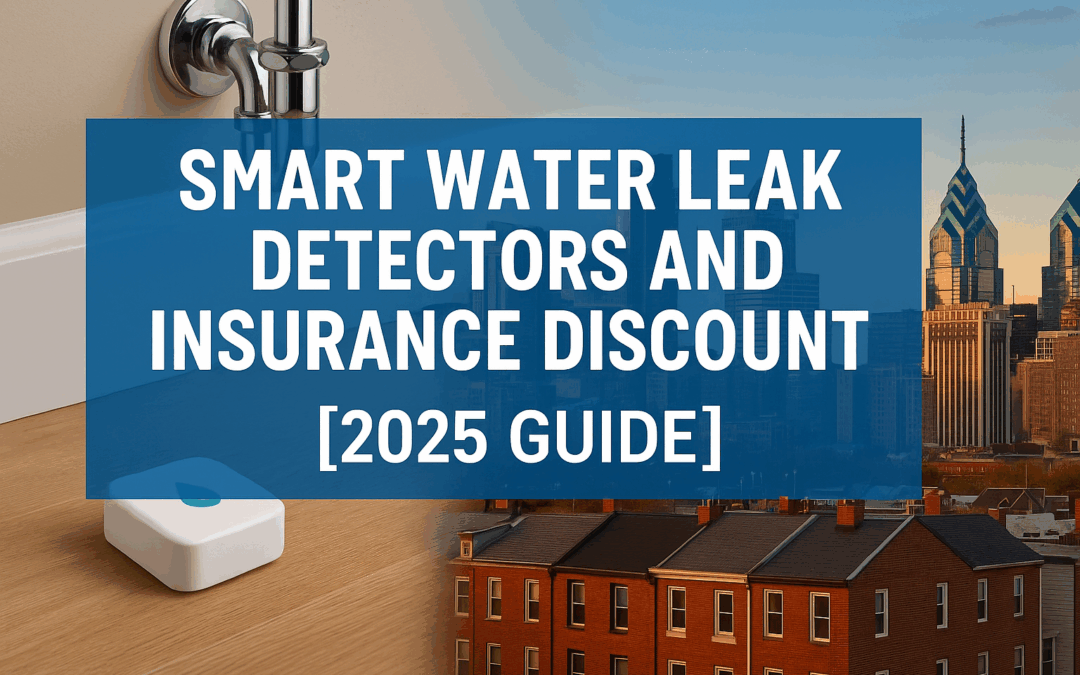
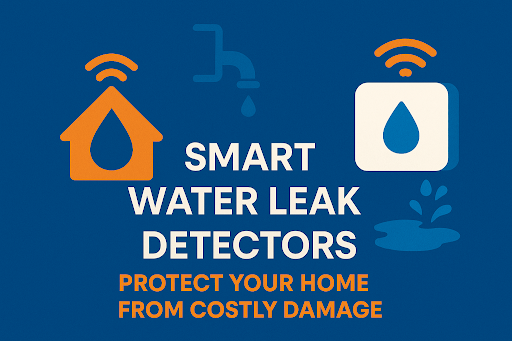

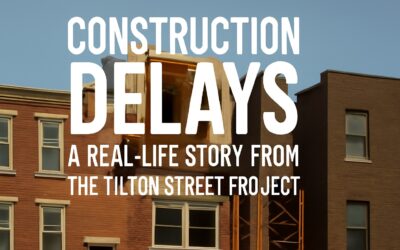
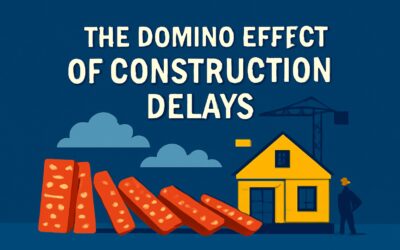
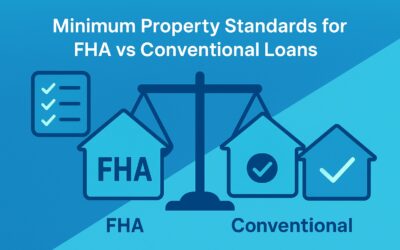
0 Comments